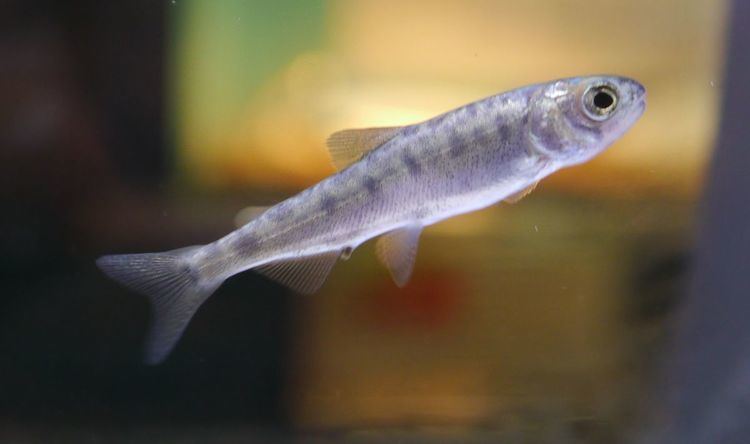Kingdom Animalia Order Salmoniformes Genus Oncorhynchus Higher classification Oncorhynchus | Phylum Chordata Family Salmonidae Scientific name Oncorhynchus kawamurae Rank Species | |
 | ||
Similar Oncorhynchus nerka, Hemibarbus barbus, Tribolodon nakamurai, Salmonids, Acanthopagrus sivicolus | ||
Oncorhynchus kawamurae, the black kokanee, or kunimasu in Japanese, is a Japanese species of salmon which was thought to had gone extinct in 1940, but was discovered to still have a living population in 2010.
Oncorhynchus kawamurae is related to the sockeye salmon, Oncorhynchus nerka, and has been earlier treated as its subspecies O. nerka kawamurae. The fish was thought to have gone extinct in 1940 when a hydroelectric project made Lake Tazawa, its native lake, more acidic. Prior to that, 100,000 eggs were transferred to Lake Saiko, which is located about 310 miles (500 kilometres) south of Lake Tazawa, but this attempt to save the fish was thought to have been unsuccessful. However, in 2010, a team of researchers including a celebrity biologist, 'Sakana-kun', discovered living members of the species in Saiko Lake.
The fish is dark olive with black spots on its back, and grows to approximately one foot (30 centimetres) in length.
